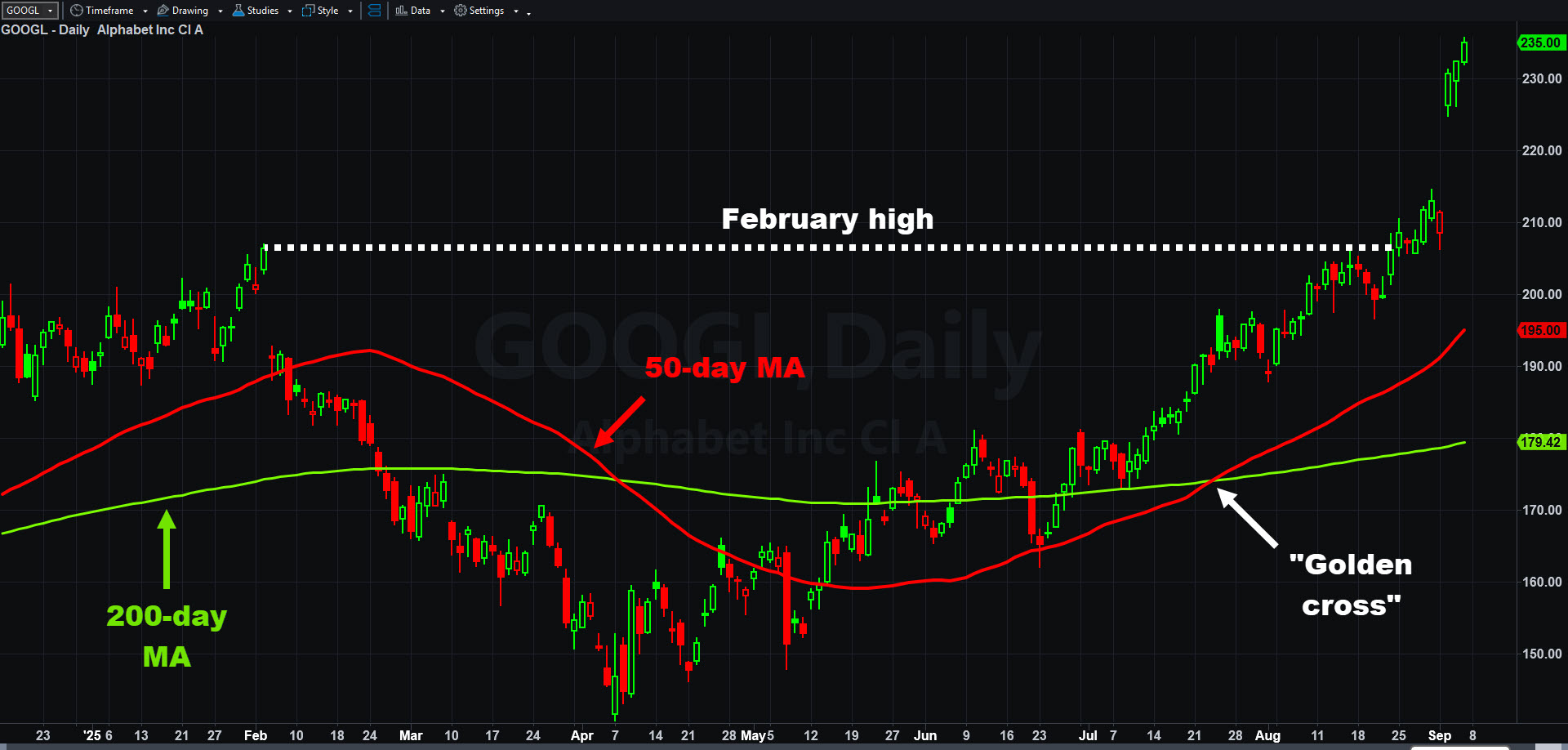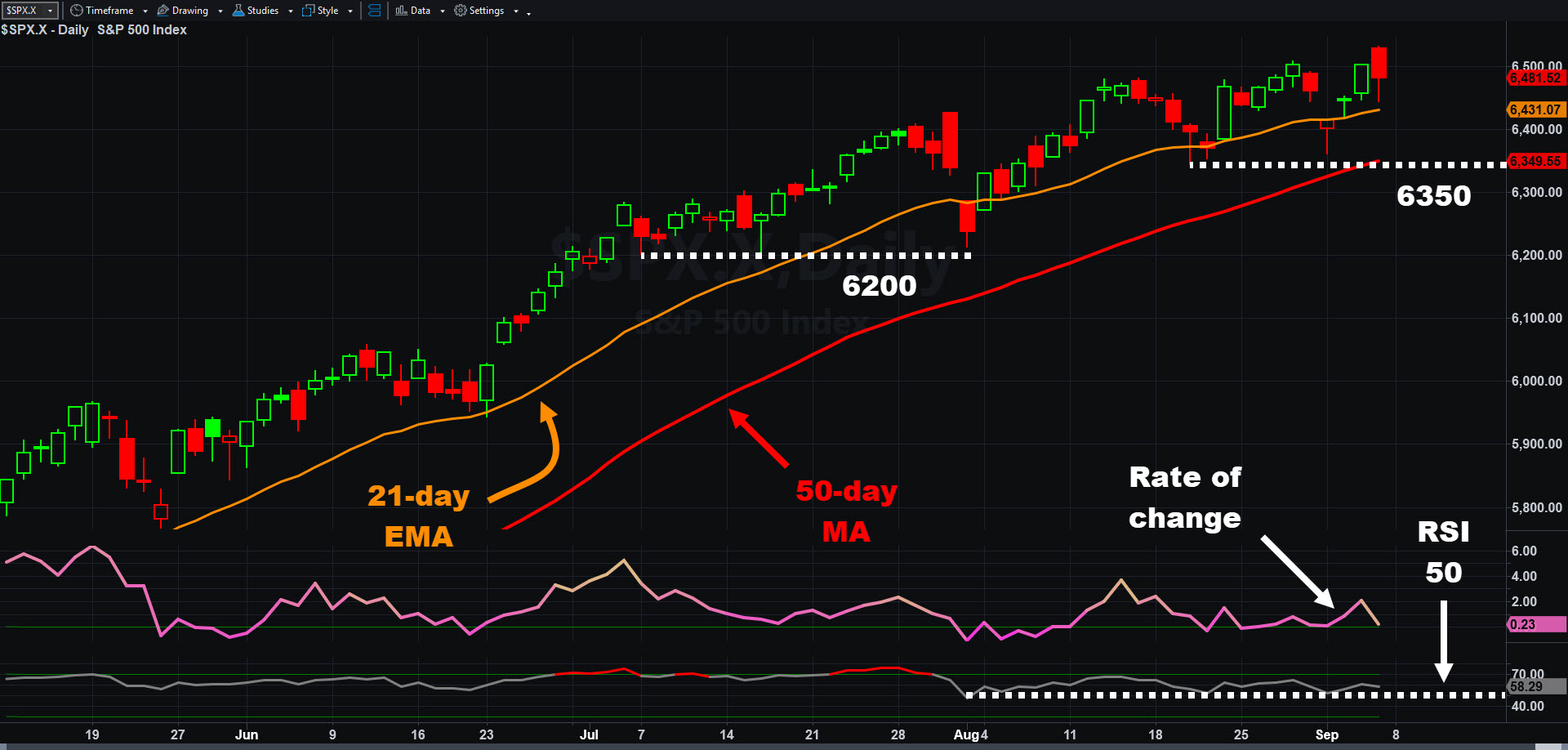Investors are hoping for rate cuts, and inflation numbers are the key events to watch this week.
The S&P 500 rose 0.3 percent in the holiday-shortened period between Friday, August 29, and Friday, September 5. The Nasdaq-100 and Russell 2000 both outperformed with gains of 1 percent.
Most of the data painted the picture of a slowing economy. Friday’s nonfarm payrolls report showed employers adding just 22,000 jobs last month. It was less than one-third the forecast amount and would have been the lowest reading since December 2020. However, June took that dubious honor because it was revised to -13,000. The percentage of long-term unemployed (27+ weeks) also rose to its highest level since the pandemic, and unemployment (4.3 percent) was the highest since November 2021.
Other reports added to evidence of a weak labor market:
ADP’s private-sector payroll growth of 54,000 for August missed estimates by 11,000.
Government data showed 7.18 million job openings in July. That was below the 7.38 million forecast, and the second-lowest reading since the pandemic.
Challenger Gray & Christmas said year-to-date job cuts are running at the highest pace since 2020.
Initial jobless claims rose more than expected to their highest level since early June.
Apart from the employment data, the trade deficit widened more than forecast. At least two economically sensitive companies reported signs of weak demand. First, Texas Instruments (TXN) made negative comments at a conference. Second, industrial supplier Fastenal (FAST) dropped after reporting slower monthly sales growth.
Biggest Gainers in the S&P 500 Last Week
Western Digital (WDC)
+15%
Broadcom (AVGO)
+13%
Seagate Technology (STX)
+12%
Alphabet (GOOGL)
+10%
Micron Technology (MU)
+10%
Source: TradeStation data
The economy “was always a bit of a tortoise, and it’s now a tortoise that’s pretty much out of breath,” J.P. Morgan Asset Management Strategist David Kelly told CNBC on Friday. “The economy is not in recession yet, but it’s slowing slowly.”
Rate Cuts Coming?
CME’s FedWatch tool shows a 100 percent probability that the Federal Reserve will lower interest rates on September 17. Attention will now focus on the size and timing of additional cuts, which boost the importance of this week’s inflation numbers:
Producer Price Index (PPI): Wednesday at 8:30 a.m. ET. While usually less pivotal, it could have a bigger impact because it comes first this month.
Consumer Price Index (CPI): Thursday at 8:30 a.m. ET. It’s typically the most important measure of inflation for traders.
CME’s data currently anticipates the Fed lowering rates by 25 basis points at each of the next three meetings. Higher-than-expected inflation data this week could potentially reduce the size of future moves. Lower readings could bolster the case for rate cuts and would likely support risk appetite.
Expectations for a dovish Fed drove borrowing costs lower last week. The 10-year Treasury yield hit levels last seen in April and the 30-year yield revisited August lows.
Mortgage rates also plunged, which made homebuilders one of the strongest groups last week.

Alphabet (GOOGL), daily chart, with select patterns and indicators.
Broadcom, Alphabet
Communications were the top-performing sector overall. Alphabet (GOOGL) drove the rally after a judge ruled the Internet giant doesn’t have to divest its Chrome browser. The decision also let GOOGL keep paying Apple (AAPL) to remain the search engine for Safari.
Broadcom (AVGO) jumped to a new record high after earnings, revenue and guidance beat estimates. Even more important was a belief it’s partnering with OpenAI. (That was based on a Financial Times report and disclosure of a new large customer.) The news cemented AVGO’s position in the AI market. It also weighed on rivals Nvidia (NVDA) and Advanced Micro Devices (AMD).
AVGO’s strong outlook for AI spending additionally lifted providers of datacenter hardware like Western Digital (WDC), Seagate Technology (STX) and Micron Technology (MU).
Biggest Decliners in the S&P 500 Last Week
Lululemon Athletica (LULU)
-17%
Kenvue (KVUE)
-11%
Constellation Brands (STZ)
-8.3%
MGM Resorts (MGM)
-7.6%
Dollar Tree (DLTR)
-7.4%
Source: TradeStation data
Outside of the S&P 500, two fiber-optic companies rallied on strong AI demand: Ciena (CIEN) and Credo Technology (CRDO).
American Eagle Outfitters (AEO) also jumped after its Sydney Sweeney commercial boosted traffic.
Tariff Uncertainty
Trade policy remained in the news. Late Friday, August 29, an appeals court affirmed a lower court’s ruling against most of President Trump’s tariffs. The White House has appealed to the Supreme Court, which hasn’t yet indicated whether it will hear the case. Its response could potentially have an impact on stocks.
Import taxes also weighed on some corporate results. Lululemon Athletica (LULU) had its biggest weekly drop since the pandemic after cutting its guidance, in part because of tariff costs. Dollar Tree’s (DLTR) profit margins also took a hit. Constellation Brands (STZ), which has repeatedly cited trade wars as a drag, lowered its profit guidance. Intuitive Surgical (ISRG) also suggested tariffs are impacting margins.
Kenvue (KVUE), the parent of Tylenol, had its biggest weekly drop as a public company. The selloff followed a report in The Wall Street Journal that Health and Human Services Secretary Robert F. Kennedy Jr. may associate use of the painkiller during pregnancy with autism.
Biotech Rallies
Biotechnology rose the most last week, led by stocks like United Therapeutics (UTHR), Ionis Pharmaceuticals (IONS) and Nektar Therapeutics (NKTR).
Gold and silver miners rallied as economic data weighed on the U.S. dollar. Lower rates supported homebuilders.
Energy was the worst performer after Reuters reported that OPEC+ may increase production at a meeting over the weekend. Crude-oil inventories were also higher than expected. Financials, utilities and industrials struggled as well.

S&P 500, daily chart, with select patterns and indicators.
Charting the Market
The S&P 500 has steadily trended higher, with few signs of weakness in the short and long term.
The index continued to make higher highs and higher lows. Last week it bounced above the previous week’s low of 6,350. That followed bounces at 6,200 in July and early August.
Prices also stayed above the 21-day exponential moving average and the 50-day moving averages. Those patterns may reflect strength in the short and intermediate terms.
Wilder’s Relative Strength Index (RSI) stayed above 50 and the nine-day rate of change has mostly remained positive.
Given the strong momentum and expectations of rate cuts, traders may expect limited selling pressure.
They may also view intermarket signals positively, with bond yields, volatility and the U.S. dollar falling.
The Week Ahead
Inflation numbers are likely to be the main catalyst this week.
Nothing important is scheduled for today, but energy could feel some impact from the weekend’s OPEC+ meeting.
Tomorrow features an annual revision to nonfarm payrolls that may change recent months of data.
Wednesday brings PPI inflation and crude-oil inventories.
The key CPI inflation report is on Thursday morning, along with jobless claims and a European Central Bank meeting. Adobe (ADBE) reports earnings in the afternoon.
Consumer sentiment is on Friday morning.

